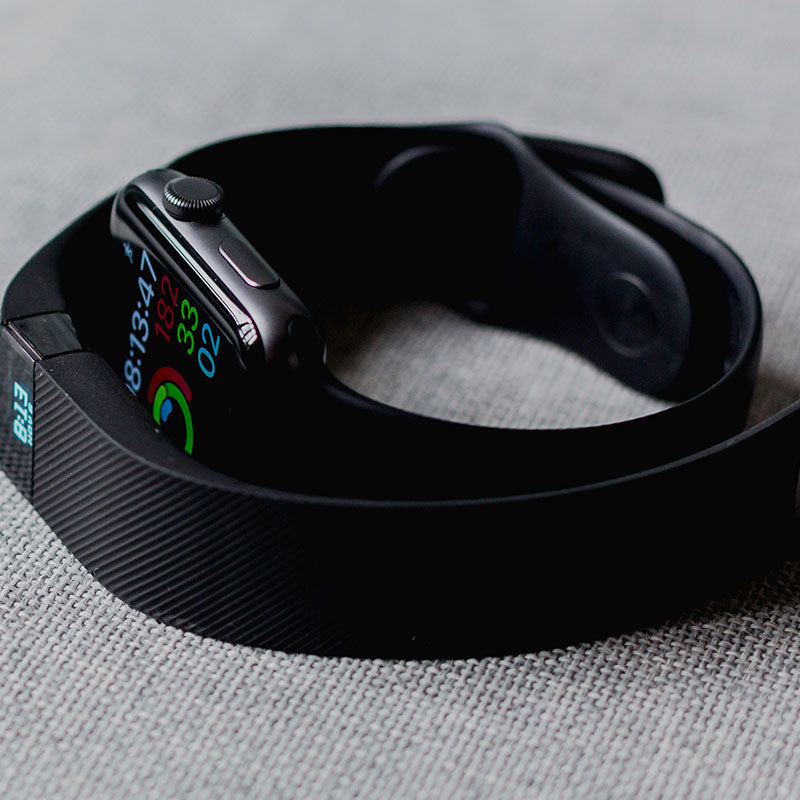4 Ways Tech Has Improved Care For Diabetics
Medical care is always evolving, and these days, it tends to happen largely through tech. From advanced smartphones and health-related apps, to the shift toward telemedicine, to new and improving devices altogether, there really are countless ways in which healthcare being changed by technology. In this piece, we want to look at how some of the changes have resulted in improved care for people managing diabetes.
1. Continuous Glucose Monitoring
Checking blood glucose levels is an important part of monitoring diabetes –– but as all too many people know all too well, it can also be a hassle to prick one’s finger throughout the day. Of late however, continuous glucose monitoring, or CGM, has become a popular and convenient alternative to the traditional finger-prick method. Patients who opt to use CGM just need to insert a sensor under the skin of the belly or arm to get blood glucose readings throughout the day.
One popular company in this space is Dexcom, which has developed the Dexcom G6 CGM monitoring system to help people with diabetes (Type 1 or 2) easily monitor their blood sugar. Patients can see how high or low their glucose levels are at any time without have to carry strips or prick their fingers.

2. Wearable Self-Monitoring Gadgets
Seeing a physician for the occasional consult is great, but some conditions –– like diabetes –– require more regular attention than a doctor can provide. That’s where modern wearables come into play.
Nowadays, patients can monitor themselves through tech devices like the Fitbit Versa smart watch. This advanced type of watch can do many useful things, like monitor heart rate, check oxygen levels in the blood, and allow users to see Dexcom CGM readings. If the smart watch receives blood glucose readings that are too high or low, it will vibrate –– thus notifying the patient to take the appropriate action.
3. Telemedicine
Advances in telemedicine have been among the precious few silver linings of the pandemic. Over the past two years it has become clear that not only does telemedicine work, but it is in fact becoming the preferred option of a lot of patients and physicians alike. Furthermore, remote medical care has proven to be useful in numerous disciplines and with respect to different conditions –– including diabetes.
In discussing different specialty treatment areas remote care has influenced, the Wheel telemedicine blog explains that related diabetic treatment programs have been found to be very successful with lowering patients’ mean hemoglobin A1c levels, decreasing medical costs, and saving time. Patients have stuck by virtual appointments and have been very satisfied on the whole, indicating a bright future for remote diabetes care.
4. Lifestyle Management Apps
There are many apps already available for the monitoring of diabetic patients, and have been for some time. But more comprehensive diabetes lifestyle management systems represent a newer trend.
Perhaps the most noteworthy example, the SugarCube testing kit and accompanying app combine a full array of testing tools with Bluetooth technology. Basically, the system facilitates the automatic transfer of test results to an app, where patients can also track food intake and activity. There is even an accompanying online community where users can meet and share experiences with one another. Apps and systems like these are making lifestyle management both simpler and more communal.
Technology is a wonderful thing, especially when it can help us with improving our health. These new and improving ways of using tech to manage diabetes stand to make care more accessible, and day-to-day life more manageable. And the exciting thing is that they likely only represent the early stages of how tech in healthcare can improve things for diabetics.





